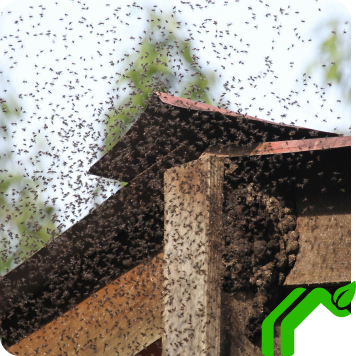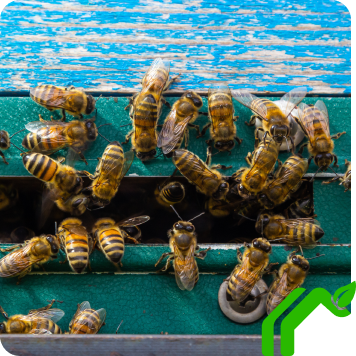
What To Do About A Bee Problem In Phoenix, Arizona
Do you have a bee infestation in your Phoenix home or business? While most pests are only unsanitary and inconvenient, bees and wasps are among the few dangerous ones. Their stings are painful and can even be deadly if you have allergies.
If you have a swarm of bees in your home, don’t attempt to handle it alone. Contact wasp nest and beehive experts immediately to remove bees and wasps.
Phoenix residents call us first because:
- 2021 NextDoor Neighborhood Fave
- Highly rated on Angi
- 2020 Best of HomeAdvisor
- Member of the NPMA
- A+ rated on the BBB



